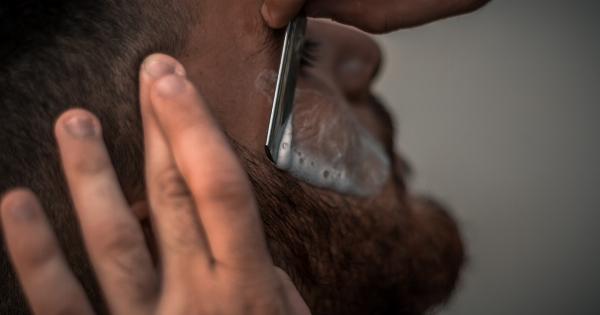Conjunctivitis, also known as pink eye, is a common eye condition that affects both adults and children. However, it is more common in kids since they are more likely to come in contact with germs that can lead to the development of this condition.
In this article, we will discuss everything parents need to know about conjunctivitis in kids; its causes, symptoms, treatment options, prevention tips, and when to seek medical attention.
Causes of Conjunctivitis in kids
Conjunctivitis is usually caused by either viral or bacterial infection. These infections can be spread through touching contaminated surfaces or coming in contact with a person with the infection.
Here are the most common causes of conjunctivitis in kids:.
- Viral infections – This type of conjunctivitis is highly contagious and can spread easily among children in schools or daycare centers. It is caused by the same virus that causes the common cold or flu.
- Bacterial infections – These types of infections are caused by bacteria and can be more severe than viral conjunctivitis.
- Allergic reactions – Conjunctivitis can also be caused by allergies such as pollen, dust, or pet dander. This type of conjunctivitis is not contagious, and it usually occurs in both eyes.
Symptoms of Conjunctivitis in Kids
Conjunctivitis is characterized by redness and inflammation of the conjunctiva, the thin membrane that covers the white part of the eye and the inside of the eyelids. Here are the most common symptoms of conjunctivitis in kids:.
- Redness in one or both eyes
- Watery or thick discharge from one or both eyes
- Itchiness or burning sensation in the eyes
- Sensitivity to light
- Crusting of eyelashes
- Swollen eyelids
- Blurred vision
Treatment Options for Conjunctivitis in Kids
The treatment of conjunctivitis in kids depends on the cause of the infection. Here are the common treatment options for conjunctivitis in kids:.
- Viral conjunctivitis – This type of conjunctivitis usually clears up on its own within a few days without any treatment. However, you may use warm compresses to help reduce the symptoms.
- Bacterial conjunctivitis – Antibiotic eye drops or ointments are usually prescribed to treat bacterial conjunctivitis. It is important to complete the full course of antibiotics to prevent the recurrence of the infection.
- Allergic conjunctivitis – Antihistamines eye drops or oral medications may be prescribed to treat allergic conjunctivitis. It is essential to identify and avoid the allergen that triggers the reaction.
Prevention Tips for Conjunctivitis in Kids
Preventing the spread of conjunctivitis is crucial to limit the spread of infection. Here are the prevention tips that parents should follow to prevent conjunctivitis in kids:.
- Wash your hands frequently. Use soap and water for at least 20 seconds or use an alcohol-based hand sanitizer.
- Avoid touching your face, specifically your eyes, nose, and mouth.
- Avoid sharing towels, pillowcases, or any personal items with someone who has conjunctivitis.
- Discourage your child from rubbing their eyes as it can spread the infection.
- Clean and disinfect surfaces that your child comes in contact with frequently, like toys, doorknobs, and light switches.
When to Seek Medical Attention for Conjunctivitis in Kids
Most cases of conjunctivitis in kids clear up without any complications. However, in some cases, conjunctivitis can lead to complications like corneal ulceration or scarring. Here are the signs that parents should look out for and seek medical attention:.
- Severe eye pain
- Blurred vision
- Increasing redness or swelling around the eye
- High fever
- Pus or yellow discharge from the eye
Conclusion
Conjunctivitis may be a common eye condition, but as a parent, it is essential to know how to prevent and treat it. Following the prevention tips mentioned above and identifying the symptoms early can go a long way in preventing severe complications.





























